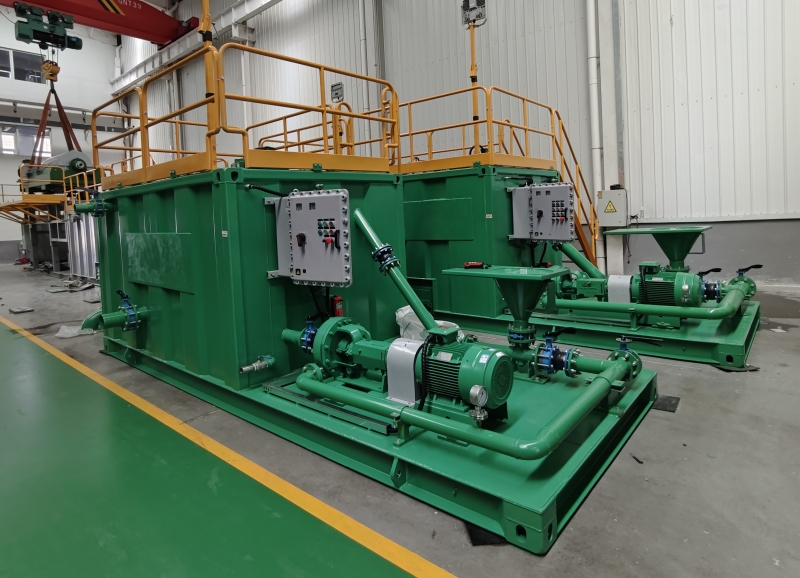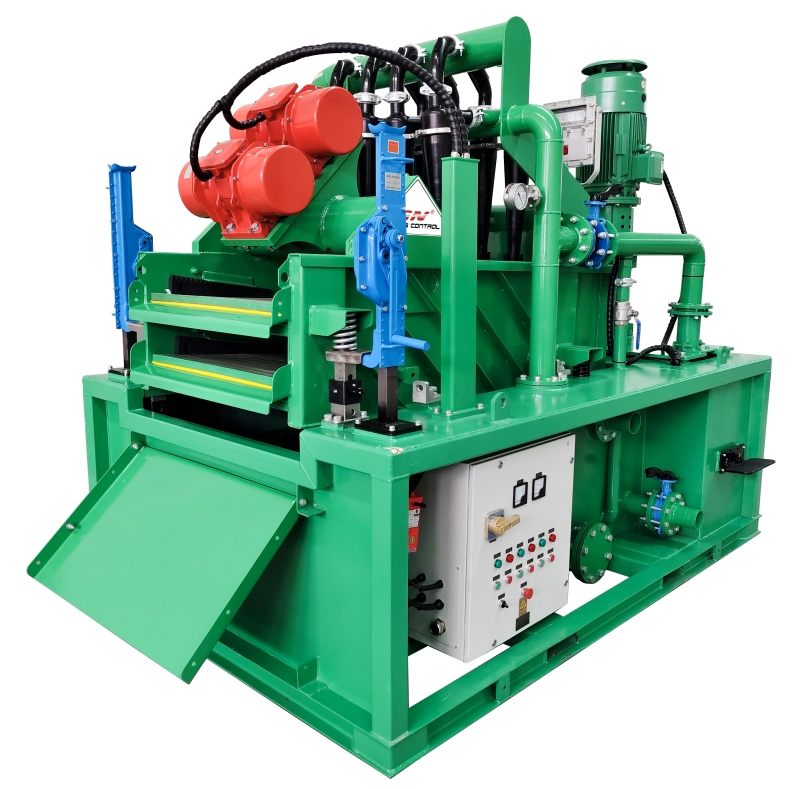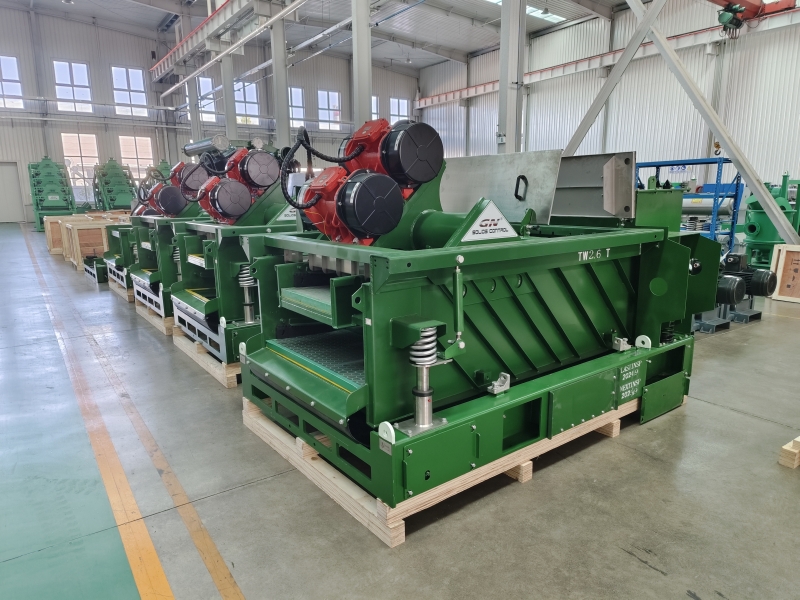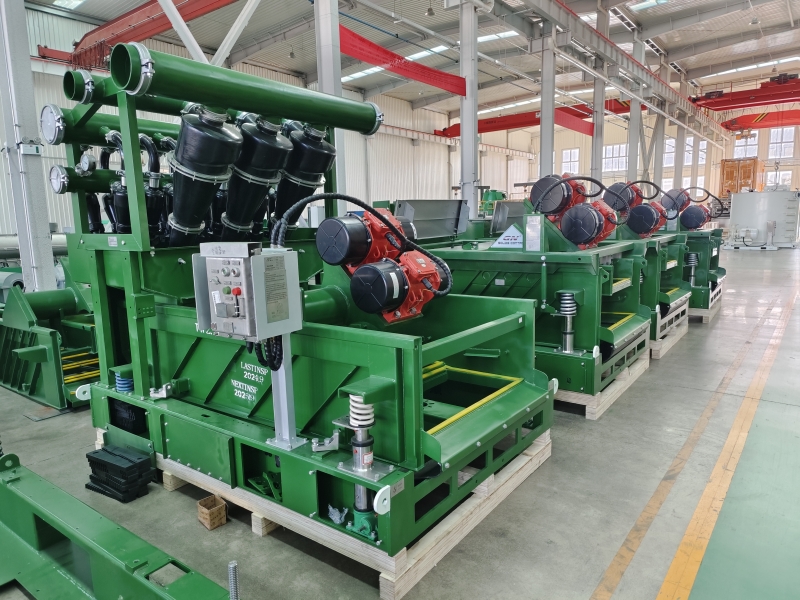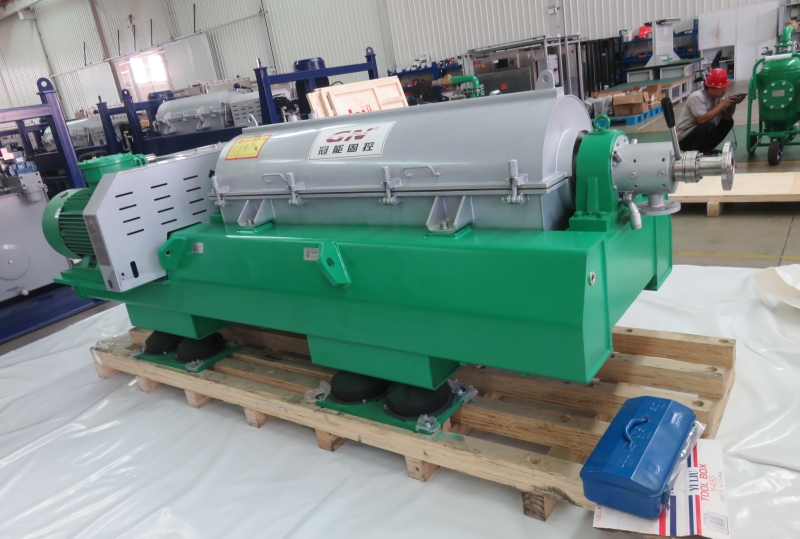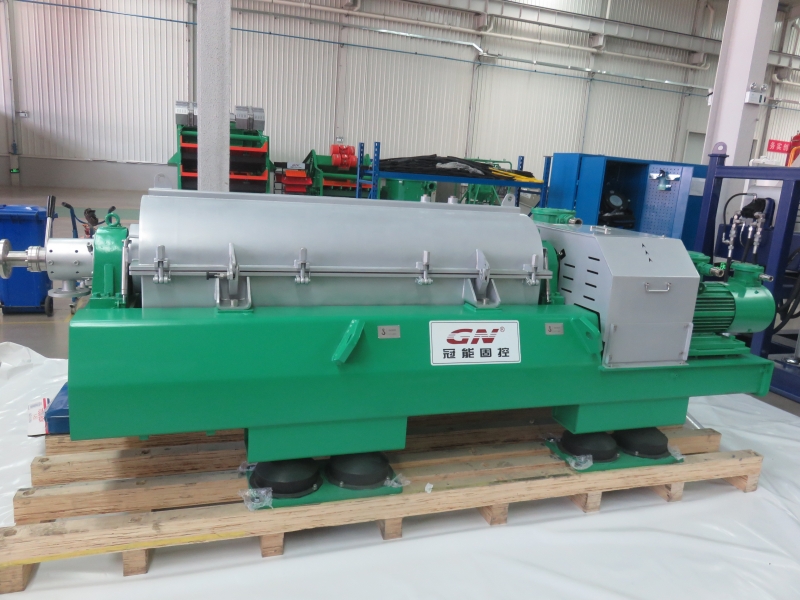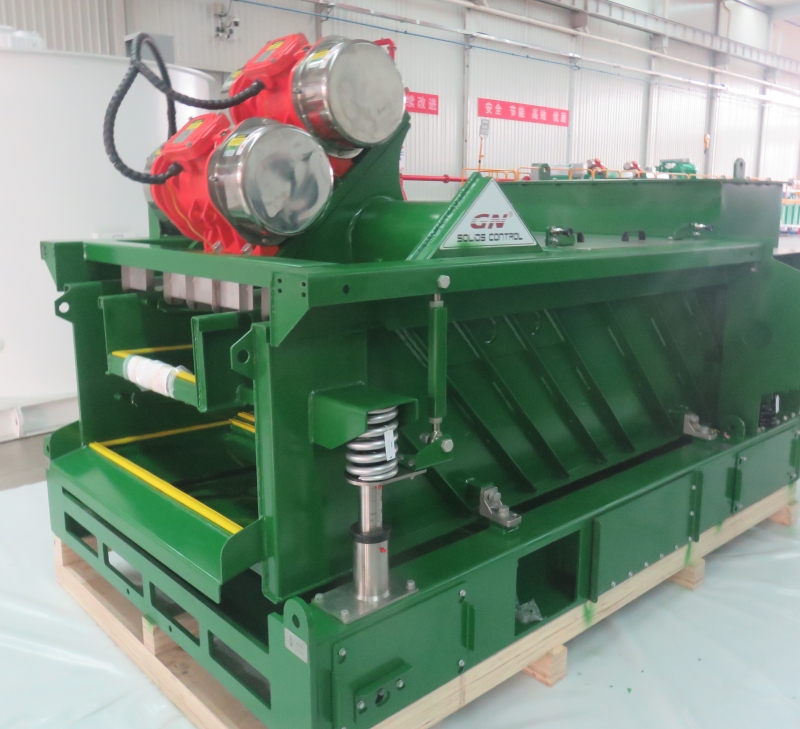
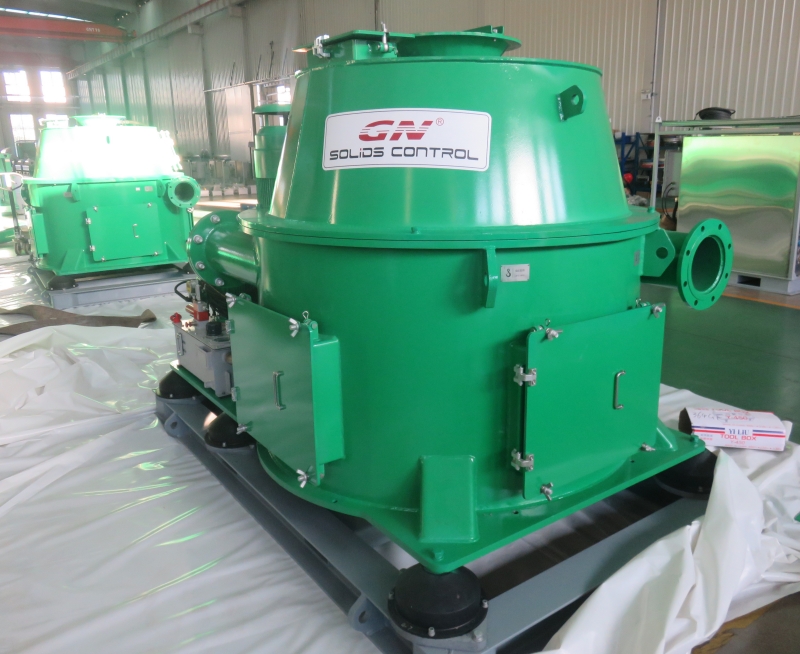
GN is a well-known brand from China, its full company name is HeiBei GN Solids Control Co.,Ltd which locadted in No.3 Industry Road, Dachang Chaobai River Development Area,Langfang, China; We are known around the world for unique innovation without compromise, sophistication while maintaining user simplicity, and superb service to our extremely wide customer base.specializing in supplying solids control& waste management equipment to the global market.
A double-deck shale shaker is an advanced type of shale shaker used in the oil and gas industry to enhance the separation of solids from drilling fluids. Here’s an overview of its design, functions, and benefits:
Design:
- Two Decks: The double-deck configuration features two levels of screens, allowing for a more efficient separation process. The top deck typically handles larger cuttings, while the bottom deck deals with finer particles.
- Vibrating Mechanism: Like standard shale shakers, double-deck shakers use a vibrating mechanism to create motion that helps move the drilling fluid over the screens.
- Screen Materials: The screens on both decks can be made from various materials, including woven wire mesh and synthetic materials, designed to handle specific particle sizes.
Functions:
- Enhanced Separation: The dual decks allow for a more thorough separation of solids, improving the quality of the recycled drilling fluid.
- Increased Capacity: By utilizing two decks, these shakers can process a larger volume of drilling fluid in a smaller footprint compared to single-deck shakers.
- Flexibility: Operators can use different mesh sizes on each deck to optimize the separation based on the specific drilling conditions.
Benefits:
- Improved Efficiency: The dual-deck design enhances the overall efficiency of the separation process, resulting in cleaner drilling fluid.
- Cost Savings: Better separation means reduced costs for new drilling fluid and lower disposal expenses for waste solids.
- Less Downtime: Enhanced performance minimizes the need for frequent maintenance and reduces the chances of clogs in the system.
- Environmental Advantages: Efficient separation helps in minimizing waste and lowering the environmental impact of drilling operations.
Applications:
- Drilling Operations: Particularly beneficial in high-solids environments, such as shale formations, where effective solid-liquid separation is critical.
- Mud Recycling Systems: Commonly integrated into larger mud recycling setups to optimize the reuse of drilling fluid
A cutting dryer, also known as a centrifuge dryer, is an important piece of equipment in the oil and gas industry, particularly for drilling operations. It is designed to separate and dry drill cuttings, which are the solid materials generated during drilling. Here’s an overview of its components, functions, and benefits:
Components:
- Centrifuge Mechanism: The core component that uses centrifugal force to separate liquids from solids. It typically consists of a rotating drum or bowl.
- Feeding System: Introduces the drill cuttings mixed with drilling fluid into the centrifuge.
- Discharge Ports: Allow for the separation of dried cuttings and cleaned drilling fluid.
- Control Panel: Monitors and adjusts the operation, including speed and feed rates.
Functions:
- Solid-Liquid Separation: The centrifuge spins the cuttings, using centrifugal force to separate the liquid from the solids. This process efficiently removes excess drilling fluid from the cuttings.
- Drying of Cuttings: By removing liquid, the dryer effectively reduces the moisture content of the drill cuttings, making them easier to handle and dispose of.
- Recovery of Drilling Fluid: The process also recovers a significant amount of clean drilling fluid, which can be reused in the drilling operation.
Benefits:
- Cost Efficiency: Reduces the need for new drilling fluid and minimizes disposal costs for cuttings, as drier cuttings are less costly to handle and transport.
- Environmental Impact: By recovering more drilling fluid and reducing the volume of waste, cutting dryers help lower the environmental footprint of drilling operations.
- Improved Operational Efficiency: Enhances the overall efficiency of the mud recycling process, leading to better performance during drilling.
- Less Downtime: Effective drying reduces the risk of clogs in downstream equipment, leading to smoother operations.
Applications:
- Offshore and Onshore Drilling: Widely used in both environments to manage cuttings and optimize drilling fluid use.
- Mud Recycling Systems: Often integrated into larger systems designed to recycle drilling fluids and manage waste.
In summary, a cutting dryer is a critical tool in the oil and gas industry for improving the efficiency of drilling operations, enhancing environmental sustainability, and reducing operational costs.
For our equipment brochure or more info, please find the info for effective contact.
MichaelSong
Sales manager
Whatsapp:+86 17801799913
Email: michael@gnsolidscontrol.co
